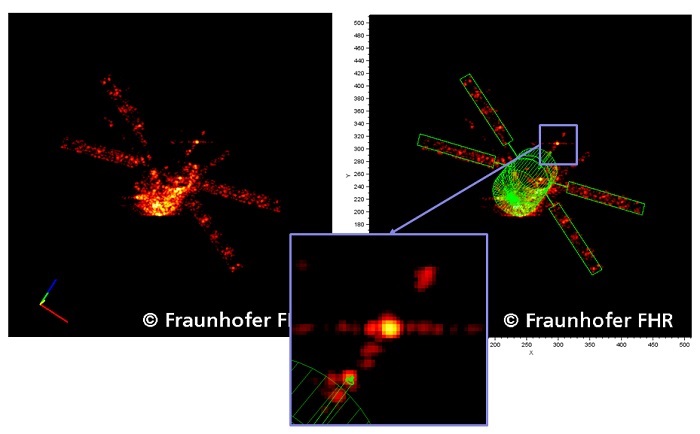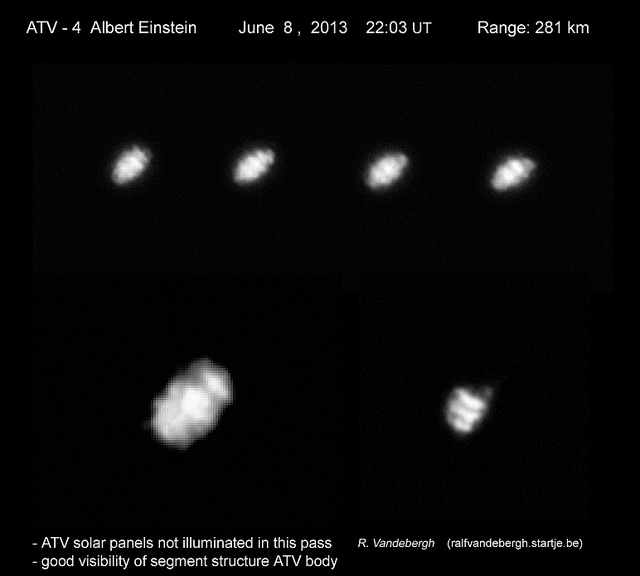Although astronauts are well trained for the arrival of ESA’s supply ship ATV-4, they are spending time these days to refresh their knowledge, to make sure they are ready.
The main astronaut task during the rendezvous and docking of ATV Albert Einstein is monitoring the spacecraft’s automated approach and reacting in case of problems.
The monitoring will start on Saturday at around 09:50 GMT when ATV-4 is still more than 15 km away from the International Space Station. Until then the crew, and in particular Luca, are preparing everything for Albert Einstein’s arrival. We expect some spectacular video and images taken when ATV-4 is closing in at about 1 km distance from the Station.
During the final approach, the International Space Station and ATV-4 will pass through day and night several times as they travel at speeds of more than 28 000 km/h. At this speed they fly around Earth every 90 minutes.
Once ATV Albert Einstein has arrived, the crew will start preparing to enter the spaceship on Monday and getting ready to unload the cargo. Luckily they are in space and gravity does not pull at them, so transferring several tons of cargo is not ‘heavy’ work. We have planned to have the first major science experiment, FASES, moved out of ATV-4 and installed into the Columbus laboratory on Tuesday next week.
Quelle; ESA



